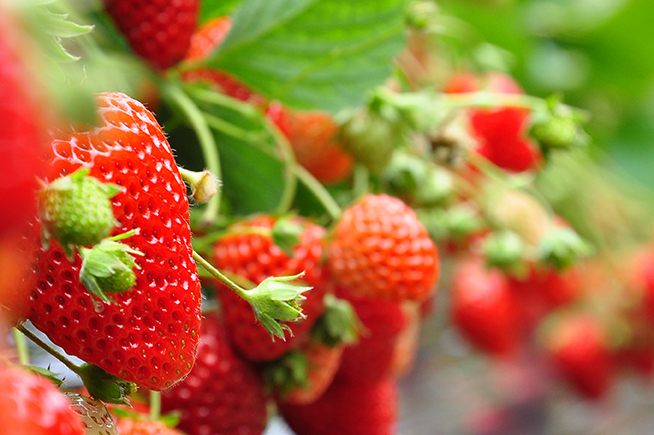Food Safety: The First 48 Hours
Information for this article was provided by Phil Tocco, Michigan State University Extension educator.
In the event of a food safety crisis, the actions taken in the first few days can make the difference between the affected farm or industry surviving the incident and its demise. A food safety crisis can face any food industry, at any time. Natural disasters, product tampering, or poor harvest practices can all start a chain of events leading to the crisis. Ultimately, when operations fail, and people get sick, a crisis begins. According to Michigan State University Extension, good crisis management depends on the following well-executed principles.
Be Proactive
When an outbreak occurs, the farm or industry implicated needs to communicate that it has measures in place to address the risks. A crisis should not be a surprise. A well-written food safety manual detailing risks and risk reduction procedures is the road map to ensure you are doing all you can. Without a food safety manual, at best, you’ll be committing random acts of food safety and at worst, you’ll be making people sick.
Be Empathetic And Open
The 1996 Odwalla Juice E. coli outbreak is often referenced as a good way to handle a food safety crisis. In that crisis, Odwalla expressed how deeply sorry they were for the outbreak. They expressed genuine concern for the victims as well as how the E. coli got in the juice in the first place and what they were doing to fix the problems.
Take Responsibility
Farms that point fingers during a foodborne illness outbreak by saying “It’s not us” or blame the consumer for poor handling practices often don’t recover. It is critical for the industry or farm to react quickly and discuss their risk management strategies. Part of having a good food safety culture is sharing specific GAPs practices, audit/certification results, testing procedures, and data
The first 48 hours of a crisis set the stage for success or failure. Those farms or industries that effectively manage these 48 hours will have a much better chance of weathering a food safety crisis than those that don’t.
Traceability For Food Safety: What You Need To Know
Understanding the requirements for tracking produce from the farm field to its final destination can be incredibly confusing. Large retailers are requiring the Produce Traceability Initiative (PTI) be adopted for large growers. For many small and mid-sized growers, the retail markets they supply may not require PTI. Michigan State University Extension advises growers to keep track of the following information from harvest to the time it is sold.
Date of harvest: Whether a grower uses PTI or not, the date produce is harvested should be recorded. Growers may wish to use the Julian date, the numeric equivalent of the day of the year, to encode this information as part of an overall tracking code. For instance, the Julian date for Feb. 27 is 058, the 58th day of the year. By using Julian dates, the grower can easily encode the harvest date into an overall tracking number.
Harvest crew or work group that harvested the crop: For larger growers with multiple harvest crews, being able to narrow down who harvested the crop is an essential part of the traceability record. In the case of small growers with only one designated harvest crew or person, this information need not be encoded in a tracking number, but should be listed at least once in the food safety manual under traceability.
Field Location: For larger farms with multiple field units, produce from each field unit needs to be tracked to be able to identify all produce from a particular unit and recall it if necessary. Having a general map of the area with all field units identified is an important component of this identification. The map can be hand drawn and not to scale, but it should be accurate enough to be able to drive to the locations represented on them. For farms with only one field, it is still important to have a navigable map of that field as part of the food safety manual.
Crop Harvested: Including the general crop type is required for PTI as well as traceability programs for food safety compliance. If a grower is only concerned with meeting food safety guidelines, the general crop type is enough (i.e., tomato, apple, etc.) For PTI compliance, the Global Tracking Identification Number (GTIN) will specify the exact crop type usually more discretely.
By tracking these items, irrespective of the size of a farm, produce growers can implement some measure of traceability to enable a recall or meet the requirements of a food safety audit. Again, the buyer may wish that the grower is PTI compliant, which requires this information in a prescribed form and barcoded, but the information utilized for PTI includes these components.









